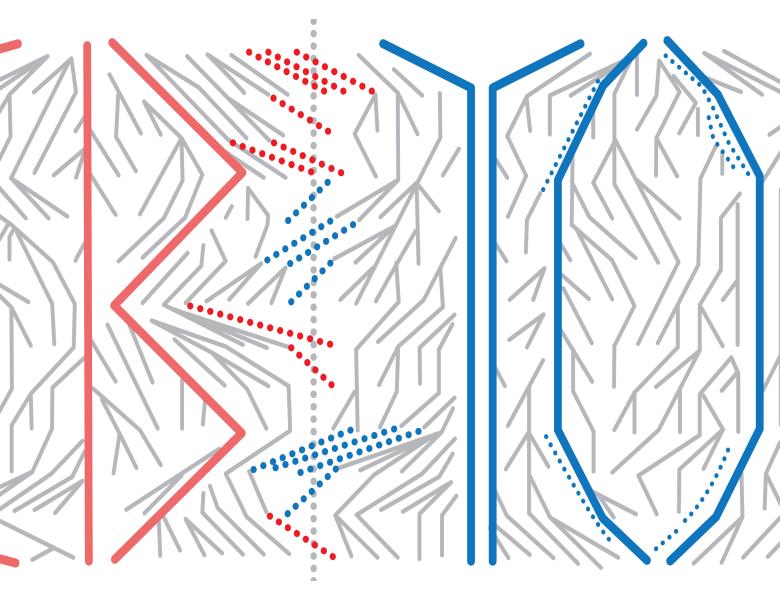Image

Recombination is a fundamental biological process that influences patterns of variation, the efficacy of natural selection and proper segregation of chromosomes during meiosis. In most species, recombination rates are not constant across the genome. Instead, most recombination events tend to occur in narrow regions (generally < 2 Kilobases in size), termed 'recombination hot spots'. We review current methods for identifying recombination hot spots from patterns of genetic variation, and show that the commonly used LDhot has a false discovery rate >> 50%. This has important implications for how to interpret previous studies, and for our understanding of how fine-scale recombination rates evolve over time.